

Understanding Different Grades of Acrylic Sheets and Their Price Points
Acrylic sheets come in various grades, each offering unique properties and performance characteristics. Understanding the differences between these grades is essential for selecting the right acrylic sheet for your project needs. Additionally, price points can vary significantly depending on the grade of acrylic sheet chosen. Let's delve into the different grades of acrylic sheets and their corresponding price points:
1. Extruded Acrylic:
Extruded acrylic sheets are manufactured using a continuous extrusion process, resulting in a more economical option compared to other grades. While extruded acrylic offers good optical clarity and weather resistance, it may have slight variations in thickness and surface finish. As a result, extruded acrylic sheets typically have lower price points, making them suitable for budget-conscious projects.
2. Cast Acrylic:
Cast acrylic sheets are produced by pouring liquid acrylic resin into molds and allowing it to cure, resulting in a higher level of clarity, consistency, and surface finish compared to extruded acrylic. Cast acrylic sheets exhibit excellent optical properties, uniform thickness, and superior weatherability, making them ideal for applications where visual appearance and performance are critical. Due to their enhanced quality, cast acrylic sheets generally command higher price points than extruded acrylic.
3. Impact-Modified Acrylic:
Impact-modified acrylic sheets are engineered to enhance impact resistance and toughness while maintaining optical clarity and weather resistance. These sheets are often used in applications where durability and safety are paramount, such as signage, protective barriers, and machine guards. While impact-modified acrylic sheets offer superior performance, they typically come at a higher price point than standard acrylic grades due to the added cost of impact modifiers and specialized manufacturing processes.
4. UV-Stabilized Acrylic:
UV-stabilized acrylic sheets are formulated with additives that provide enhanced resistance to UV radiation, preventing yellowing, discoloration, and degradation when exposed to sunlight. These sheets are commonly used in outdoor applications such as signage, skylights, and architectural glazing where prolonged UV exposure is a concern. While UV-stabilized acrylic sheets offer superior UV protection, they may come at a slightly higher price point compared to standard acrylic grades due to the additional cost of UV stabilizers and advanced manufacturing techniques.
5. Specialty Acrylic:
Specialty acrylic sheets encompass a wide range of specialized grades tailored to specific applications and performance requirements. These may include scratch-resistant acrylic, anti-glare acrylic, anti-static acrylic, and fire-rated acrylic, among others. Specialty acrylic sheets are engineered to address specific challenges or concerns, such as scratch resistance, glare reduction, static dissipation, or fire safety compliance. Depending on the unique properties and performance enhancements offered, specialty acrylic sheets may have varying price points relative to standard acrylic grades.
In summary, the price points of acrylic sheets are influenced by factors such as manufacturing process, grade, performance characteristics, and specialized features. While extruded acrylic sheets offer a cost-effective option for basic applications, cast acrylic sheets provide superior optical clarity and consistency at a higher price point. Impact-modified, UV-stabilized, and specialty acrylic sheets offer enhanced performance features tailored to specific needs but may come at additional costs. By understanding the different grades of acrylic sheets and their corresponding price points, you can make informed decisions when selecting the right acrylic sheet for your project.
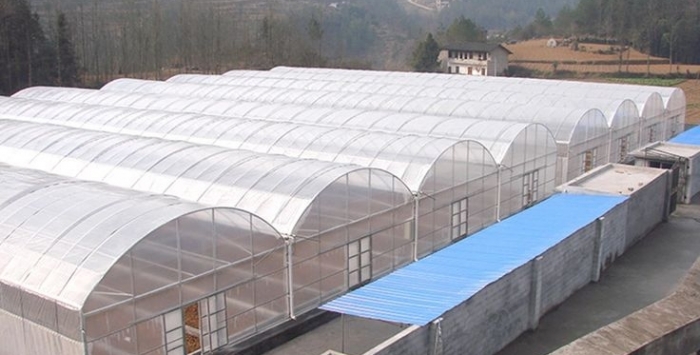 Turn their house into a home wit...
Turn their house into a home wit...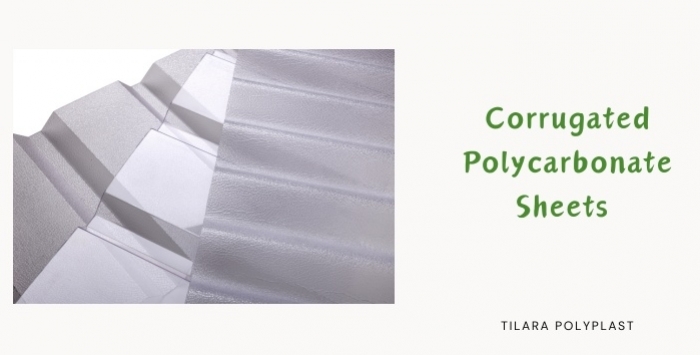 Corrugated Polycarbonate Sheets ...
Corrugated Polycarbonate Sheets ...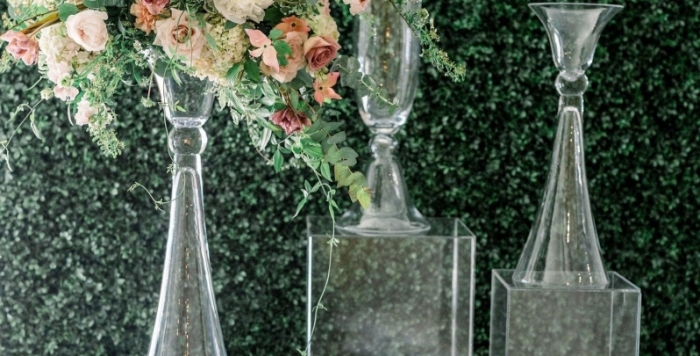 Seasonal Variations in Acrylic S...
Seasonal Variations in Acrylic S...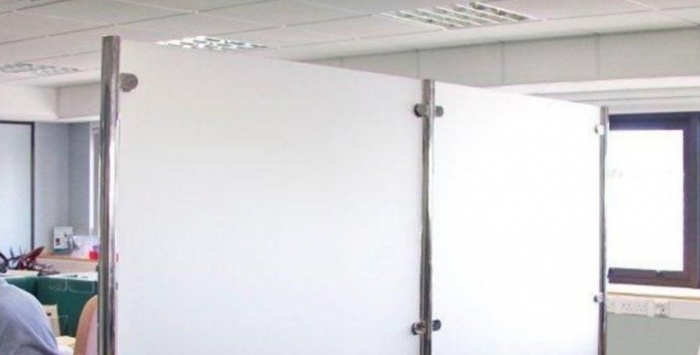 How Acrylic Design Sheets Can Tr...
How Acrylic Design Sheets Can Tr...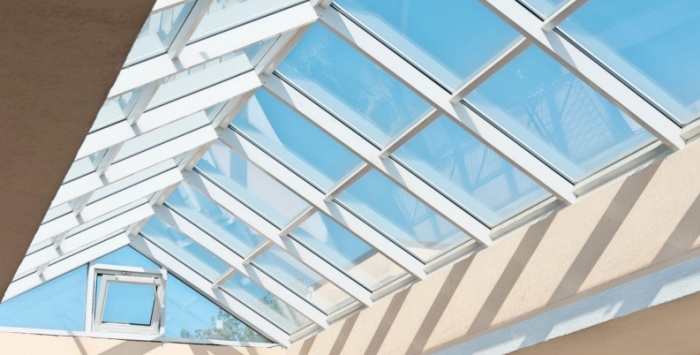 Tips for Finding Affordable Roof...
Tips for Finding Affordable Roof...